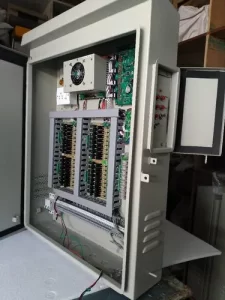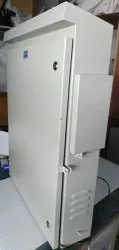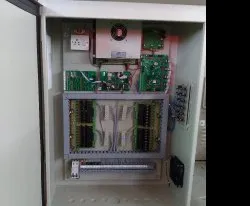What is the Use of Traffic Light Controller?
Recently,”traffic light controllers” is certainly the common application of modern urban infrastructure. A Traffic Signal Controller controls the movement of automobiles and people on the road at junctions, to guarantee a easy flow of traffic. Traffic light controller has sever purpose such as Traffic direction, accident prevention,increasing the overall efficiency of transportation.
Regulation of Traffic Flow
Obviously controlling the flow of traffic is what it does best, primarily as a commissioner. They also manage a smooth and organized flow of vehicles by synchronizing the timing for lights at junctions. This regulation acts as a deterrent to gridlock; it decreases the chances of traffic jams. For example, during peak hours traffic light controllers can modify green-light times to keep more cars moving through an intersection and prevent bottlenecks.
Prevention of Accidents
Furthermore, traffic light controllers are indispensable in avoiding accidents. They promote a smooth flow of traffic for vehicles and pedestrians, decreasing the probability of critical encounters. Those controllers enable a feasible walk time, such as granting specific signals for pedestrians. This distinction between traffic and pedestrian phases is a high-priority in dense areas where there are people bustling from one place to another so the threat of mishaps becomes less significant.RemoveAt
 Improving Delivery Efficiency of Transportation
Improving Delivery Efficiency of Transportation
Traffic light controllers besides safety improve transport overall. It cuts down on idle time for vehicles at intersections, thus cutting fuel use and emissions as well. For example in major thoroughfares. synchronized traffic signals allow smooth flow of traffic resulting in substantial time saving on the roads. Such effectiveness is even more essential in densely populated areas, where each minute of time savings has a substantial economic value.
Intelligent Transport System / Adaptive Traffic Control Systems
Traffic light controllers are also evolving, and today most of them work in what is called adaptive modus. Signal timings change based on current traffic conditions thanks to real-time data. This could include sensors in the road that gauge traffic density and steer car-park lights. This flexibility leads to improved traffic flow in unpredictable scenarios like sudden hike of vehicle volumes, or departure from normal movements.
Seamless Inclusion of Smart City Technologies
In addition, the traffic light control of smart cities plays a significant role. They can be connected to various urban infrastructure systems and they form a single binding traffic management network in which parameters are automatically responded based on the available information. For example, they can coordinate with public transportation or emergency services and allow buses to travel through more quickly. This is not only less frustrating for the everyday rider, but it adds 10 minutes to my own monthly commute in order to integrate public transportation with ridesharing (in doing so makes our public transit more reliable and by definition much faster).
Environmental Benefits
Not only traffic management isgets better but also improves the environment, with this type of control. They also cut back on vehicle emissions by decreasing idle times and keeping drivers from being stuck in stop-and-go driving patterns. Lowering these emissions is key given the struggles inner-cities have with air pollution. For example, an intelligently coordinated traffic light system helps to ensure cleaner air and a higher quality of life in cities.
Conclusion
To sum up, the role of our traffic light controller cannot be limited to controlling the traffic signals as we come across.Generated Image In Conclusion Traffic management covers everything from sculpting traffic as it flows, to preventing accidents and keeping efficiency high amidst ever-changing conditions in real-time, delivering insights into smart city deployments usage for future needs by greening up the benefits right down to how cities are reducing their environmental impact. As cities expand, the importance of traffic light controllers will be able to control them in order for our urban areas to stay safe and provide good life quality.

